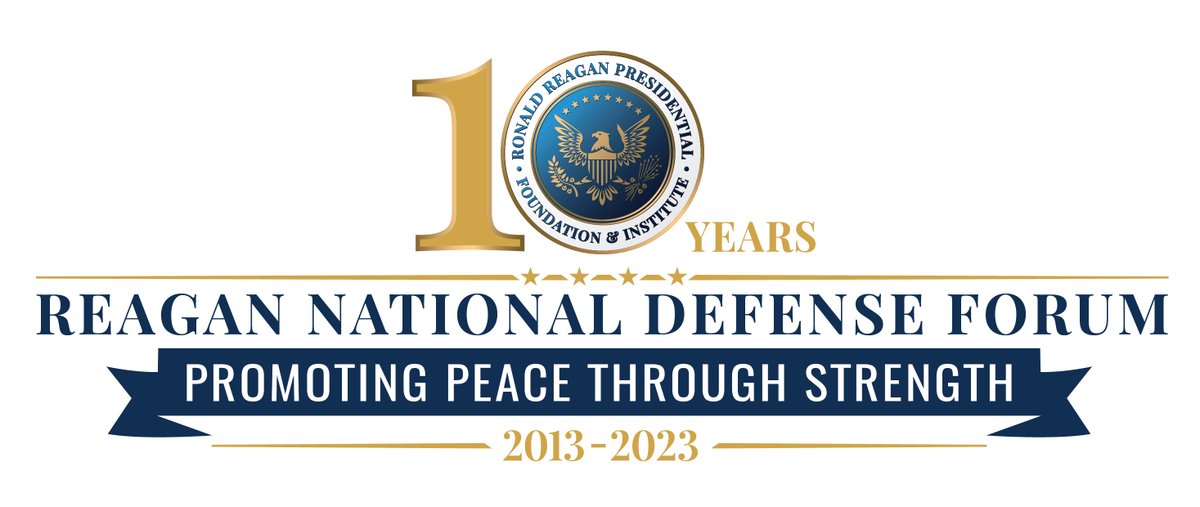
America’s changing view of China
In the wake of the annual Reagan National Defense Survey, startling revelations have surfaced regarding the American populace’s shifting perceptions of China. The survey, conducted among 2,506 U.S. adults from October 27 to November 5, unveils a seismic shift in how Americans view China, shaping national sentiment and strategies concerning this global powerhouse.
Rising perceptions of hostility
A significant transformation has occurred in American attitudes towards China. An overwhelming 77% now perceive China as an enemy, marking a staggering rise from just 15% viewing the nation as an ally. This drastic shift is a stark departure from statistics recorded merely a few years ago. In 2018, the survey highlighted that 55% considered China an enemy, with 38% holding it as an ally. Concerningly, the perception of China as the greatest threat to the U.S. has soared to 51%, up from 43% the previous year and a mere 21% in 2018.
Concerns and defense strategies
The survey’s exploration into American concerns surrounding China reveals a multi-faceted landscape of worries. Beyond the overarching apprehension, several specific issues draw significant attention. China’s rapid military expansion, exemplified by increased defense spending and advancements in technology, rings alarm bells among 20% of respondents. Human rights violations against the Uyghur minority, involving reports of forced labor camps and cultural suppression, deeply trouble 20% of those surveyed. Additionally, anxieties over China’s foreign policies, such as territorial disputes and assertive actions in the South China Sea, concern 17% of participants. Economic practices, including trade imbalances and accusations of intellectual property theft, weigh heavily on 15% of respondents.
Tactical responses and Congressional focus
Lawmakers are intensifying their focus on countering China’s pervasive online manipulation tactics. Concerns have escalated regarding the use of platforms like TikTok and other deceptive methods employed by China to sway American public opinion. Committees are exploring strategies to combat China’s propaganda efforts, acknowledging the intricate challenges posed by this ‘smokeless battlefield’ of the mind.
Congressional deliberations and warning signals
The increased congressional attention towards China is underscored by the release of a memo outlining the depth of China’s espionage and influence operations within the United States. This memorandum underscored the vast scope of China’s united front strategy, a method aimed at extending influence beyond conventional channels. By shedding light on this strategy, the document brings attention to the intricate challenges encountered in effectively countering these expansive operations.
Looking ahead
As the geopolitical landscape continues to evolve, the revelations from the Reagan National Defense Survey offer a glimpse into the evolving American perception of China. The data not only portrays a significant shift in sentiment but also underscores the multifaceted challenges faced in countering China’s influence operations.
